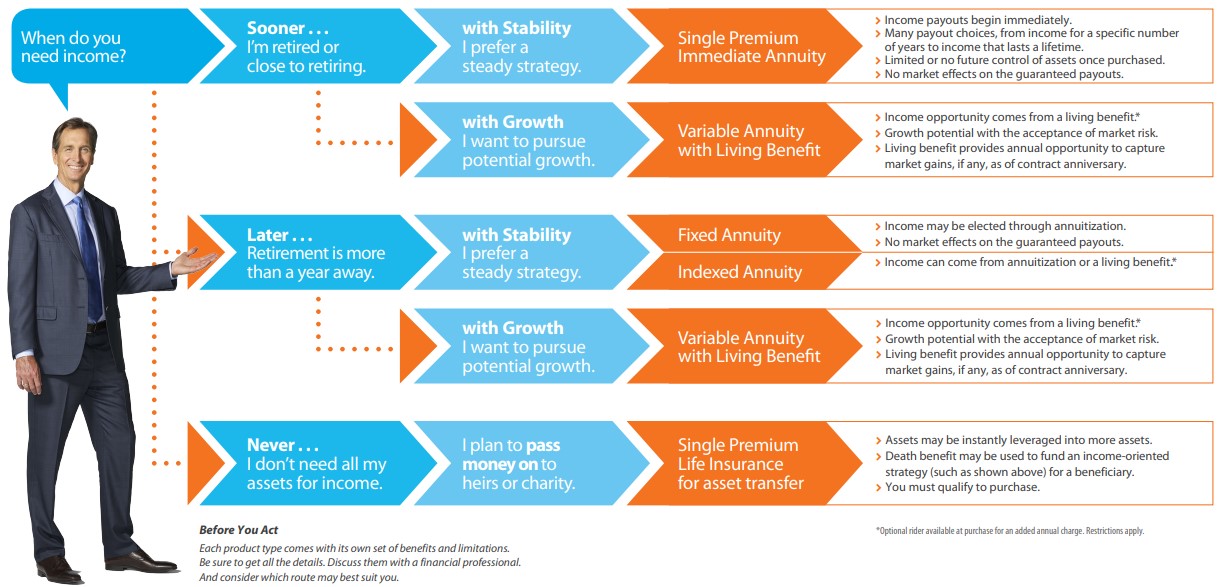Longevity risk is one of the hot topics on the minds of advisors and clients considering expanding life expectancies. The poor performance of equities and bonds so far in 2022 compounds these concerns given the prospect of sequence of return risk for retirees. And while sources of guaranteed income, such as annuities, might be attractive to many clients, some balk at the loss of optionality that comes from taking funds out of their portfolio and putting them into the annuity.
With this in mind, Aria Retirement Solution’s RetireOne introduced a fee-based Contingent Deferred Annuity (CDA) product (also known as a Stand-Alone Living Benefit or SALB) that allows clients to keep their funds invested in their current investment account (with eligible RIA custodians) while gaining the protection of guaranteed income if their account is depleted. With the CDA, the issuing insurance company guarantees a certain annual income for the purchaser, such as $40,000/year on a $1,000,000 investment account. This income initially comes from portfolio withdrawals from the account itself. If returns are favorable, the distributions simply sustain. However, if market returns are less favorable, and the portfolio is depleted to a specified level, at that point, the insurance company takes over the income payments. In return for this protection, the insurance takes an annual fee from the portfolio (varying from 1.1% to 2.3% per year in the case of the new Aria/Midland product, with fees driven in part by the amount of risk taken in the portfolio). Notably, the total cost of a CDA arrangement will also include the advisor’s own AUM fees for managing the portfolio, and any underlying fund fees.
In a new whitepaper, retirement researcher Michael Finke compares the CDA to sharing a birthday cake at a party. If the slices are made too big (i.e., too much annual income is withdrawn from an investment portfolio), the cake (portfolio) could run out. On the other hand, if the slices are too small, there could be some left over (or in the case of a retiree, they spent less during their lifetimes than what their portfolio would have supported). The CDA ensures that the retiree will be able to have a certain annual income each year without having to make the annual ‘slices’ small enough to make sure the portfolio lasts throughout retirement (because the CDA guarantee backstops the arrangement if the ‘cake’ is running out).
In the end, it is important for advisors to recognize their clients’ retirement income styles and choose a retirement income strategy accordingly. For those with full confidence in long-term market returns, underlying guarantees may not be necessary, and those who don’t want to take any market risk may not want to invest at all. However, for a segment in particular, the CDA structure is aiming to find a balance of serving clients who are willing to stay invested in markets, but are willing to give up some long-term upside (as a result of the annuity costs) in exchange for having some income floor in place in the event of an unfavorable sequence of market returns that is otherwise beyond their control.


 RSS Feed
RSS Feed
